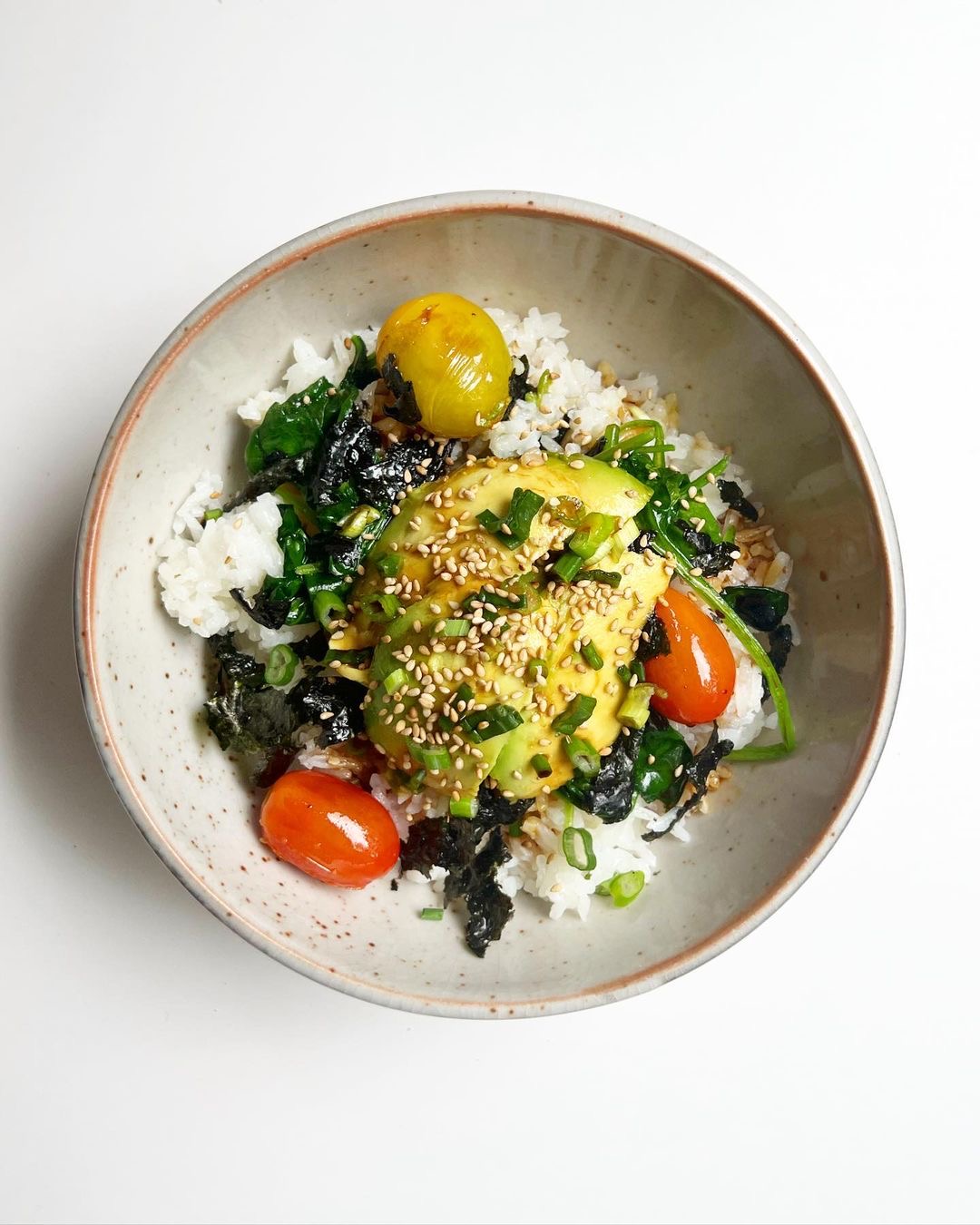Seaweed, the ocean's green gift, is not just for sushi anymore. In 2024, it's all about finding delicious ways to incorporate this nutrient-packed ingredient into our everyday meals. With benefits ranging from boosting your daily fiber intake to elevating your mental health, seaweed is swiftly becoming the superstar of healthy eating. Now, before you wriggle your nose at the thought of munching on sea plants, let me assure you – seaweed recipes have come a long way from the chewy, barely edible sheets I tried in college.
Back in my university days, my first encounter with seaweed wasn't exactly love at first bite. It was more like a gritty blind date, with bits of nori stubbornly sticking to my teeth. Fast forward to today, and I'm practically a seaweed enthusiast. From crunchy seaweed snacks to hearty seaweed salads, I’m on a culinary mission to make everyone see the benefits and joy of eating seaweed.
By infusing your diet with seaweed, particularly kombu and wakame, you’re not only treating your taste buds but also giving your body a hearty dose of vitamins, minerals, and antioxidants. It's like nature's multivitamin, except tastier and with a side of oceanic goodness. And don't worry, you don't need to become a maestro in the kitchen. We'll explore some straightforward and delicious seaweed salad recipes that’ll transform your perception of this oceanic delight.
For instance, did you know that seaweed is a champ when it comes to environmental sustainability? Farming seaweed requires no fertilizers or freshwater, making it a planet-friendly crop. Even better, it can be sourced ethically and sustainably, so you can munch away guilt-free. Plus, incorporating seaweed into your meals is a fabulous way to support local seaweed farmers and encourage more sustainable practices.
And here's a fun twist – if you’re someone who always dreads the impending "flu season," seaweed's rich nutrient profile can give your immune system the boost it needs. We'll dive into this in our section on nutrition benefits of seaweed.
Adding to the excitement, seaweed snacks are a fantastic and versatile format to consider. They’re the perfect alternative to your afternoon bag of chips, offering crunch and satisfaction with an added health bonus. Trust me, once you start craving the salty crunch of seaweed snacks, there’s no going back. To top it off, we’ll even delve into some tantalizing seaweed soup recipes that are sure to keep you warm and cozy.
So buckle up, my fellow food adventurers, because this article is about to take you on a flavorful journey through the many delightful and nutritious ways to eat seaweed. Get ready to embrace sea veggies like never before!

/filters:quality(70)/content/uv/bd/nfcu4n1j5b13d9940ca39795585003_600x400.jpg) This is the black seaweed that is used in sushi and is the most commonly available. It is chock-full of iron, calcium, and vitamins A and C. Of course, if you like and eat sushi, you’re covered, but nori is very flavoursome, so you can sprinkle strips of it over salads or soups and even noodle dishes. If you’re a fan of veggie chips, give baked nori chips a try. You can get different flavours of nori, so you can mix it up a bit.
This is the black seaweed that is used in sushi and is the most commonly available. It is chock-full of iron, calcium, and vitamins A and C. Of course, if you like and eat sushi, you’re covered, but nori is very flavoursome, so you can sprinkle strips of it over salads or soups and even noodle dishes. If you’re a fan of veggie chips, give baked nori chips a try. You can get different flavours of nori, so you can mix it up a bit./filters:quality(70)/content/tv/wu/vg7tjync5b13da2b483ee207394304_500x335.jpg) The main nutrients wakame provides are iodine, calcium, and iron, along with most of the vitamins. It is also an excellent source of omega 3 fatty acids and great antioxidants. If you have an Asian grocery store in your area you might be able to find fresh wakame. Lucky you, because it makes a great green salad on its own or with other leaves. If you by it dried it is delicious when reconstituted. It can be used in salads – it’s particularly good with cucumber, mixed in with quinoa or couscous, and can also be used in stir-fry.
The main nutrients wakame provides are iodine, calcium, and iron, along with most of the vitamins. It is also an excellent source of omega 3 fatty acids and great antioxidants. If you have an Asian grocery store in your area you might be able to find fresh wakame. Lucky you, because it makes a great green salad on its own or with other leaves. If you by it dried it is delicious when reconstituted. It can be used in salads – it’s particularly good with cucumber, mixed in with quinoa or couscous, and can also be used in stir-fry./filters:quality(70)/content/c6/lw/p1opfcx25b13db01be8b4782828105_599x374.jpg) Kombu is another nutritional powerhouse from the sea. It contains calcium, copper, and iron, as well as fibre, antioxidants, and amino acids. If you use dashi, you might already be aware that its main ingredient is kombu. If you love making your own soups, now is the time to get acquainted with dashi/kombu. Or, you can add a few dashes of dashi to add nutritional value to ready-made soups as well as stews and casseroles. Fresh kombu can be added to salads and reconstituted kombu can be paired with cooked vegetables.
Kombu is another nutritional powerhouse from the sea. It contains calcium, copper, and iron, as well as fibre, antioxidants, and amino acids. If you use dashi, you might already be aware that its main ingredient is kombu. If you love making your own soups, now is the time to get acquainted with dashi/kombu. Or, you can add a few dashes of dashi to add nutritional value to ready-made soups as well as stews and casseroles. Fresh kombu can be added to salads and reconstituted kombu can be paired with cooked vegetables.